Now Playing
Current DJ: DJ Eco
Staring Problem Branches II from Equinox (Modern Tapes) Add to Collection
Requests? 773-DJ-SONGS or .(JavaScript must be enabled to view this email address)
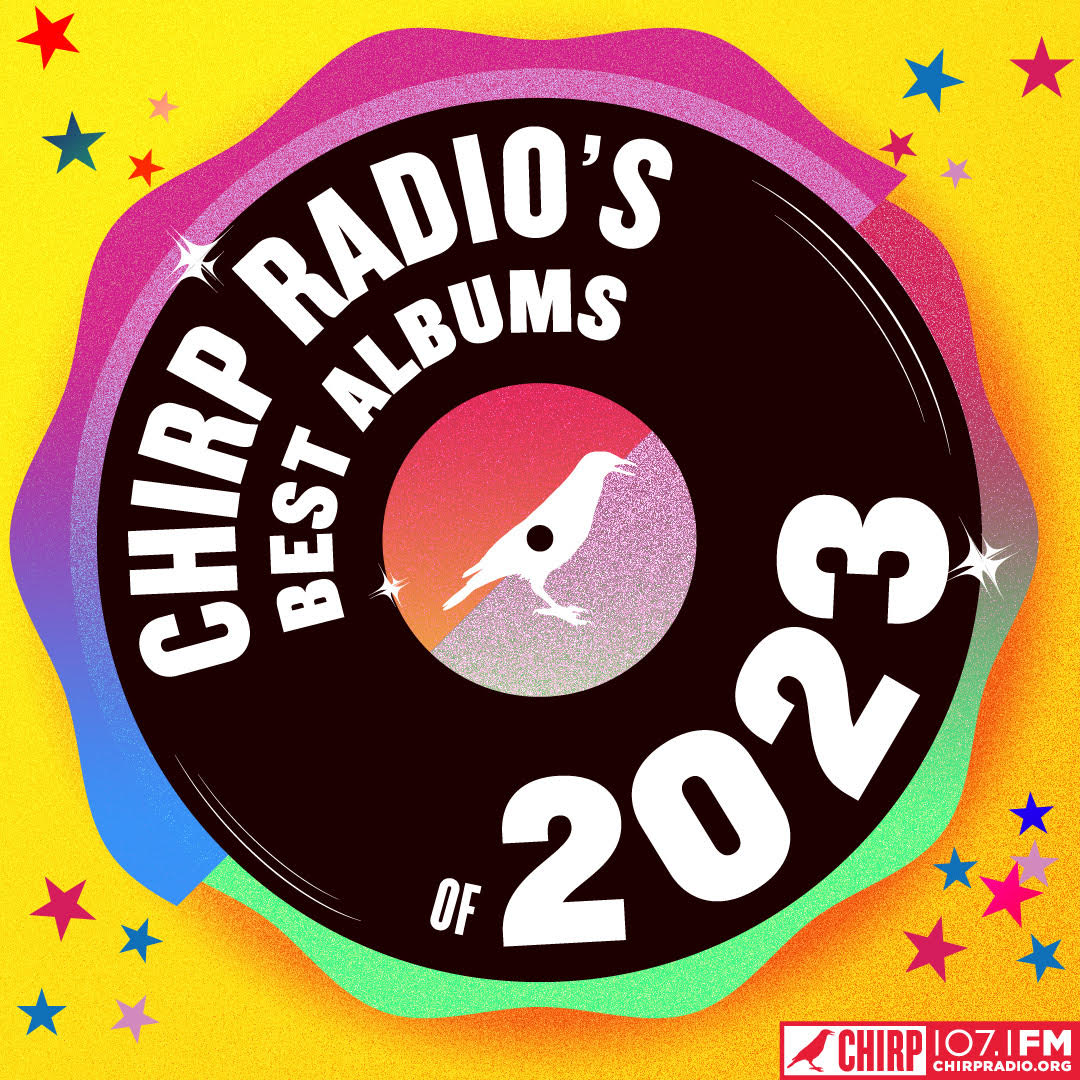
Throughout December, CHIRP Radio presents its volunteers’ top albums of 2023. Our next list is from DJ Willie McDonagh.
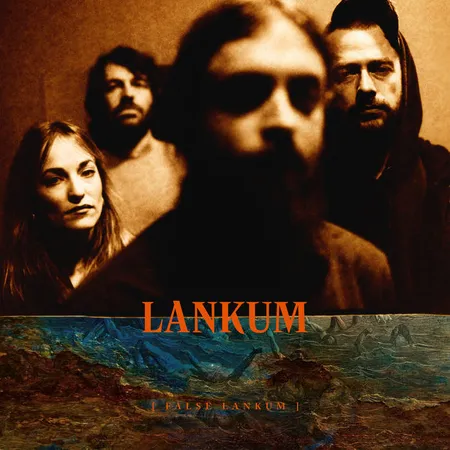 Blood flows in tales from the ballad tradition, and Dublin-based folk group Lankum makes sure you know that it’s not metaphorical. Virtuosic vocal performances from band member Radie Peat draw out real pain and heartbreak, and the band’s experiments with vocal harmony, drones, and tape loops are a resounding success. This album is glacial, in that its massive bulk inches forward with deceptive might, it lets out creaks and pops from deep within, and if you were to take a core sample, you’d find the incredibly old roots of the Irish folk tradition. You might encounter purity tests in traditional music, interrogating your validity as a keeper of a sacred thing. But as Lankum itself has cited, harmony singing is not a “traditional” part of Irish music, and instruments like guitar and tin whistle don’t go nearly as far back as “pure” singing. The saxophone was quite popular in the genre in the early 20th century! All this to say, the tradition progresses, like it or not. And people like Lankum. Their reverence for the past does not ignore our 21st century ears. I knew it would be my album of the year from the moment I heard the first single, and sure enough, nothing surpassed it. In fact, the only reason I’m ordering this list is so I can put False Lankum at the top. The band’s last album, The Livelong Day, wrenched me out of a long torpor by exposing me to its particular magic, and False Lankum is even better. If mystery excites you, try this and see.
Blood flows in tales from the ballad tradition, and Dublin-based folk group Lankum makes sure you know that it’s not metaphorical. Virtuosic vocal performances from band member Radie Peat draw out real pain and heartbreak, and the band’s experiments with vocal harmony, drones, and tape loops are a resounding success. This album is glacial, in that its massive bulk inches forward with deceptive might, it lets out creaks and pops from deep within, and if you were to take a core sample, you’d find the incredibly old roots of the Irish folk tradition. You might encounter purity tests in traditional music, interrogating your validity as a keeper of a sacred thing. But as Lankum itself has cited, harmony singing is not a “traditional” part of Irish music, and instruments like guitar and tin whistle don’t go nearly as far back as “pure” singing. The saxophone was quite popular in the genre in the early 20th century! All this to say, the tradition progresses, like it or not. And people like Lankum. Their reverence for the past does not ignore our 21st century ears. I knew it would be my album of the year from the moment I heard the first single, and sure enough, nothing surpassed it. In fact, the only reason I’m ordering this list is so I can put False Lankum at the top. The band’s last album, The Livelong Day, wrenched me out of a long torpor by exposing me to its particular magic, and False Lankum is even better. If mystery excites you, try this and see.
 It’s a beautiful thing that Caroline Polachek can be at once a pop diva and an inscrutable artist. This followup to her debut solo album Pang keeps you guessing, and when you’re not guessing, you’re admiring her otherworldly voice. She’s capable of large vocal leaps and trills, even in a live setting. Polachek and PC Music veteran Danny L Harle produced a majority of the tracks themselves, often channeling the precision and aesthetic obsession of a court painter. It’s one thing to polish to a mirror finish, but it’s another, more impressive task to pack in layers of meaning and then polish it off.
It’s a beautiful thing that Caroline Polachek can be at once a pop diva and an inscrutable artist. This followup to her debut solo album Pang keeps you guessing, and when you’re not guessing, you’re admiring her otherworldly voice. She’s capable of large vocal leaps and trills, even in a live setting. Polachek and PC Music veteran Danny L Harle produced a majority of the tracks themselves, often channeling the precision and aesthetic obsession of a court painter. It’s one thing to polish to a mirror finish, but it’s another, more impressive task to pack in layers of meaning and then polish it off.
 There’s an oft-repeated statement about 100 gecs’ music that goes something like this: “At first, my face started twitching and I felt my fight-or-flight response kicking in, but now I think it’s swell.” Well, I liked it right away. Maybe I’m sick in the head, but I think they make great rock n’ roll. If you’re looking for the time to introduce the band to your in-laws or colleagues, now’s the time. While remaining the best hyperpop act in the world, they’re also tapped into genres long forgotten by the charts, such as pop-punk, ska, nu-metal, and frog music. The songs are pretty much all earworms and I don’t think the album is intentionally difficult in the least. 100 gecs is for everyone, and yes, even you.
There’s an oft-repeated statement about 100 gecs’ music that goes something like this: “At first, my face started twitching and I felt my fight-or-flight response kicking in, but now I think it’s swell.” Well, I liked it right away. Maybe I’m sick in the head, but I think they make great rock n’ roll. If you’re looking for the time to introduce the band to your in-laws or colleagues, now’s the time. While remaining the best hyperpop act in the world, they’re also tapped into genres long forgotten by the charts, such as pop-punk, ska, nu-metal, and frog music. The songs are pretty much all earworms and I don’t think the album is intentionally difficult in the least. 100 gecs is for everyone, and yes, even you.
 The second Irish album on this list is from a band that is the successor to both the Pogues and the Dubliners. The brothers Hendy, from Dundalk, County Louth, first broke out under the name T.P.M. with a killer hip hop track called “All the Boys on the Dole.” Since then they’ve changed their name, added five members, and started playing high-energy folk music. Irreverent and politically outspoken, the band has found an audience hungry for this type of music. Their repertoire is largely traditional tunes, both well-known (“The Holy Ground”) and not-so-well-known (“Turfman from Ardee”). Among the band’s originals is the biting “Gates of Heaven,” which tears into the Catholic Church and its horrifying crimes in Ireland.
The second Irish album on this list is from a band that is the successor to both the Pogues and the Dubliners. The brothers Hendy, from Dundalk, County Louth, first broke out under the name T.P.M. with a killer hip hop track called “All the Boys on the Dole.” Since then they’ve changed their name, added five members, and started playing high-energy folk music. Irreverent and politically outspoken, the band has found an audience hungry for this type of music. Their repertoire is largely traditional tunes, both well-known (“The Holy Ground”) and not-so-well-known (“Turfman from Ardee”). Among the band’s originals is the biting “Gates of Heaven,” which tears into the Catholic Church and its horrifying crimes in Ireland.
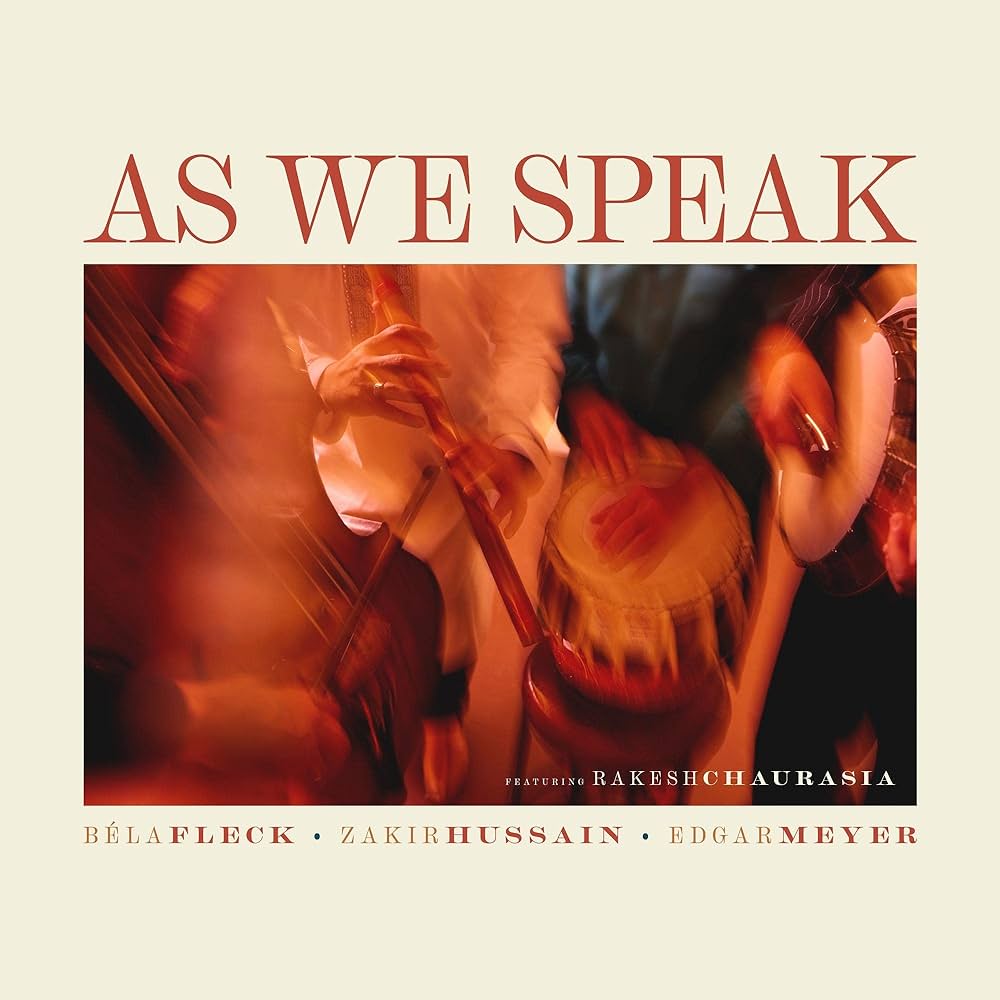 World fusion music works best with generous players, and all four of these musicians play to the benefit of the ensemble. Fleck plays banjo, Meyer plays double bass, Hussain plays tabla, and Chaurasia plays bansuri. The music contains pieces of each musician’s genre specialties: bluegrass, Western classical, jazz, and Hindustani classical. “Pashto” uses the slow/fast song structure found in ragas, and “Beast in the Garden” starts off with some bluegrass banjo rolls. Still, for me the greatest joy of these combined forces has been listening to the album as something wholly new. In this uncharted territory, the guides are a few of the most talented instrumentalists and improvisers in music, and there’s well over an hour of it!
World fusion music works best with generous players, and all four of these musicians play to the benefit of the ensemble. Fleck plays banjo, Meyer plays double bass, Hussain plays tabla, and Chaurasia plays bansuri. The music contains pieces of each musician’s genre specialties: bluegrass, Western classical, jazz, and Hindustani classical. “Pashto” uses the slow/fast song structure found in ragas, and “Beast in the Garden” starts off with some bluegrass banjo rolls. Still, for me the greatest joy of these combined forces has been listening to the album as something wholly new. In this uncharted territory, the guides are a few of the most talented instrumentalists and improvisers in music, and there’s well over an hour of it!
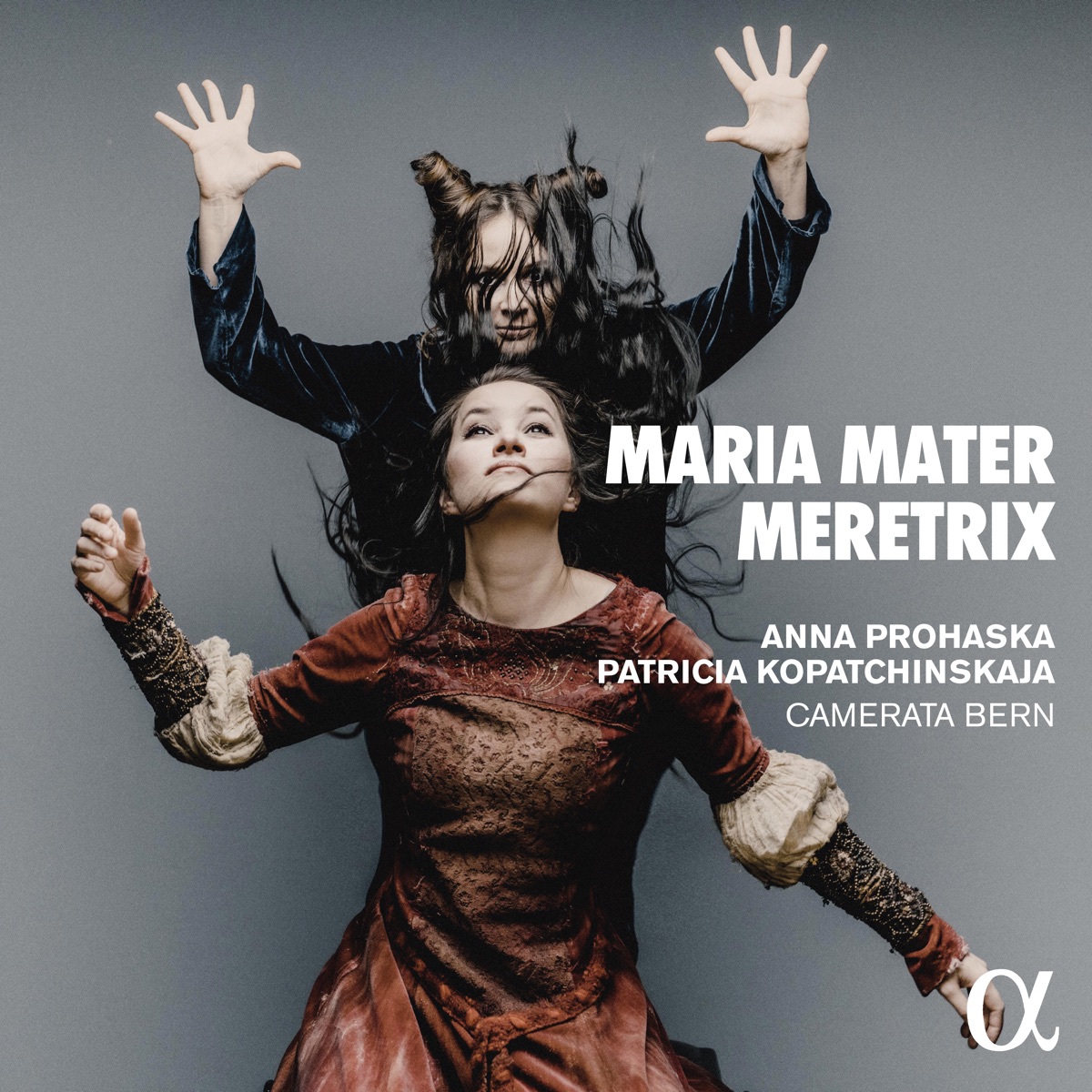 It’s getting harder to shock the world of classical music, but soprano Anna Prohaska and violinist Patricia Kopatchinskaja do that, continuously. Reviewers of Kopatchinskaja playing canonical concertos seem desperate to shout “Isn’t anything sacred anymore?” Maria Mater Meretrix is a program of music by a great variety of composers that explores “three classical female phenomenologies into which … eye and ear have divided up the complex being of ‘Woman’: as Saint, Mother, and Whore.” Prohaska, Kopatchinskaja, and the chamber orchestra Camerata Bern play arrangements of works from across time, ranging from the 12th century right through to the contemporary period, all the while reveling in their tricky, nontraditional style.
It’s getting harder to shock the world of classical music, but soprano Anna Prohaska and violinist Patricia Kopatchinskaja do that, continuously. Reviewers of Kopatchinskaja playing canonical concertos seem desperate to shout “Isn’t anything sacred anymore?” Maria Mater Meretrix is a program of music by a great variety of composers that explores “three classical female phenomenologies into which … eye and ear have divided up the complex being of ‘Woman’: as Saint, Mother, and Whore.” Prohaska, Kopatchinskaja, and the chamber orchestra Camerata Bern play arrangements of works from across time, ranging from the 12th century right through to the contemporary period, all the while reveling in their tricky, nontraditional style.
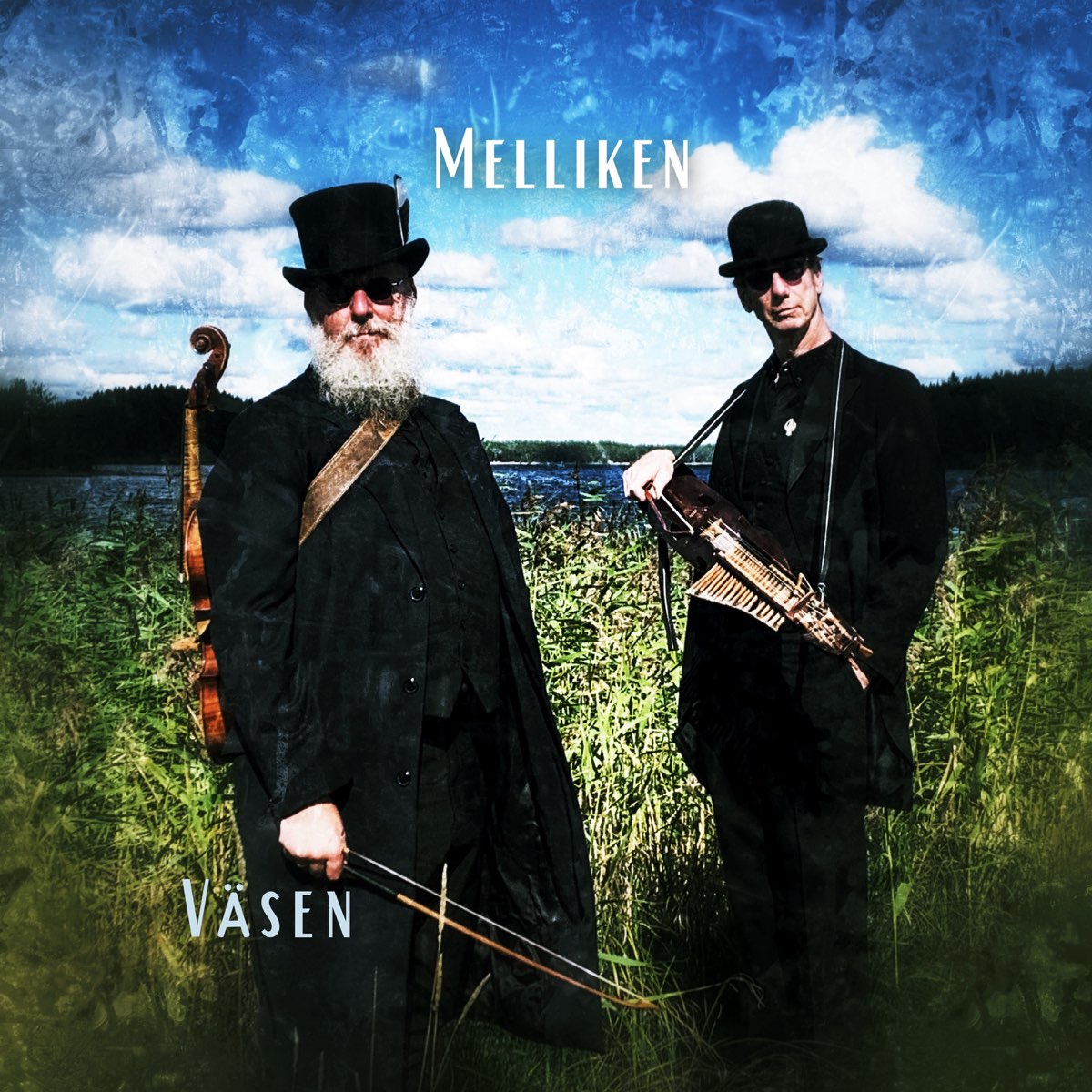 The Swedish folk group Väsen, now in its fourth decade and operating as a duo, pairs the buzzy sound of the nyckelharpa (a keyed fiddle) with the low register of the bass viola. Their compositions balance baroque turns of phrase with bouncy, danceable tunes. They performed at the Old Town School of Folk Music this year and their descriptions of their tunes were consistently personal—music for a wedding, music composed upon seeing a beautiful vista, etc. Repeated listens bring out the complexity of their interlocking parts, both harmonically and rhythmically.
The Swedish folk group Väsen, now in its fourth decade and operating as a duo, pairs the buzzy sound of the nyckelharpa (a keyed fiddle) with the low register of the bass viola. Their compositions balance baroque turns of phrase with bouncy, danceable tunes. They performed at the Old Town School of Folk Music this year and their descriptions of their tunes were consistently personal—music for a wedding, music composed upon seeing a beautiful vista, etc. Repeated listens bring out the complexity of their interlocking parts, both harmonically and rhythmically.
 I’ve been looking forward to a full-length album from Yaeji since hearing “raingurl” in 2017, and With A Hammer totally delivered, albeit in a way I wouldn’t have expected six years ago. It’s glitchy, evasive, and made for dancing, whether that be in a crowd or by yourself (maybe in the CHIRP Radio Official DJ Studio). There’s an anger beneath the understated production, and when you’re least ready for it, you get struck in the face with the hammer.
I’ve been looking forward to a full-length album from Yaeji since hearing “raingurl” in 2017, and With A Hammer totally delivered, albeit in a way I wouldn’t have expected six years ago. It’s glitchy, evasive, and made for dancing, whether that be in a crowd or by yourself (maybe in the CHIRP Radio Official DJ Studio). There’s an anger beneath the understated production, and when you’re least ready for it, you get struck in the face with the hammer.
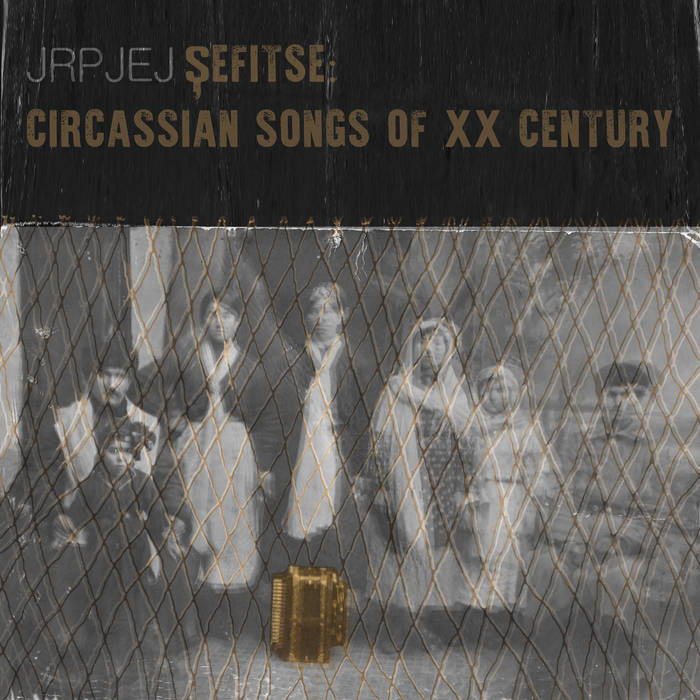 This album was released on May 21st, the Day of Mourning for the Victims of the Circassian Genocide. In the 19th century, the Russian Empire systematically murdered or expelled nearly all Circassians from their homeland in the Caucasus. An estimated 1-1.5 million people died. This is hardly discussed in the United States, and the Russian government has continually suppressed processions commemorating the Day of Mourning. In response, Jrpjej describes Sefitse as an "album-manifesto,” underscoring the continued relevance of song as communication and remembrance. While it can be difficult to see some folklorized folk music in its original context anymore, you should have no trouble understanding the urgency here. The music includes droning bowed strings and harmony vocals as well as sprightly plucked tunes.
This album was released on May 21st, the Day of Mourning for the Victims of the Circassian Genocide. In the 19th century, the Russian Empire systematically murdered or expelled nearly all Circassians from their homeland in the Caucasus. An estimated 1-1.5 million people died. This is hardly discussed in the United States, and the Russian government has continually suppressed processions commemorating the Day of Mourning. In response, Jrpjej describes Sefitse as an "album-manifesto,” underscoring the continued relevance of song as communication and remembrance. While it can be difficult to see some folklorized folk music in its original context anymore, you should have no trouble understanding the urgency here. The music includes droning bowed strings and harmony vocals as well as sprightly plucked tunes.
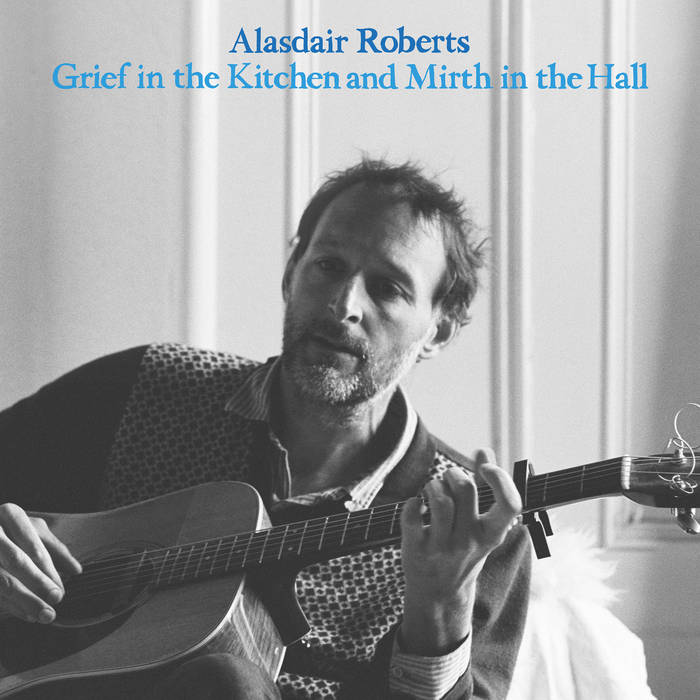 Scottish musician Alasdair Roberts sings exclusively old ballads on this record and accompanies himself on guitar and piano. His voice is high, reedy, and fragile, and his guitar arrangements are particularly beautiful for their emphasis on doubling the melody. All this encourages you to pay attention and actually listen to the stories he’s telling. One story tells of a horse who witnessed just about every important event in antiquity, and another describes a jealous husband’s rage and ends with a twist!
Scottish musician Alasdair Roberts sings exclusively old ballads on this record and accompanies himself on guitar and piano. His voice is high, reedy, and fragile, and his guitar arrangements are particularly beautiful for their emphasis on doubling the melody. All this encourages you to pay attention and actually listen to the stories he’s telling. One story tells of a horse who witnessed just about every important event in antiquity, and another describes a jealous husband’s rage and ends with a twist!
Tracks I loved from artists not already on this list:
Anjimile: “The King”
Big Blood: “1000 Times”
Boygenius: “Satanist”
Lisa O'Neill - “Old Note”
Nickel Creek - “Strangers”
Totally Cashed - “How Much Could I Stand”
Next entry: CHIRP Radio’s Best of 2023: Steven Grady
Previous entry: CHIRP Radio Weekly Voyages (Dec 18 - Dec 24)